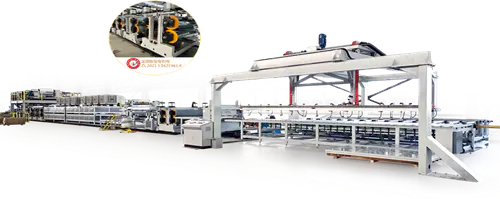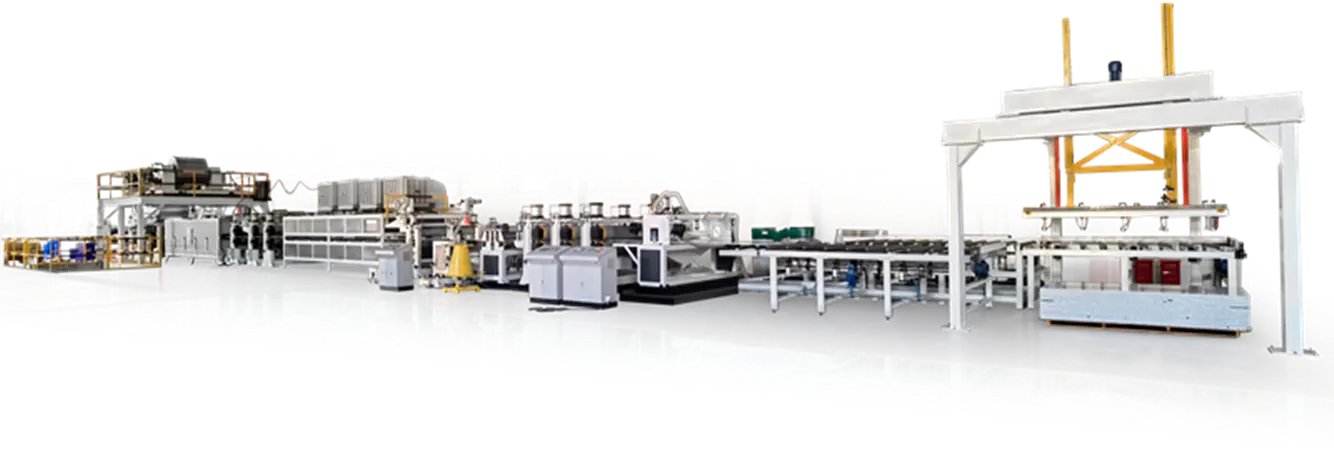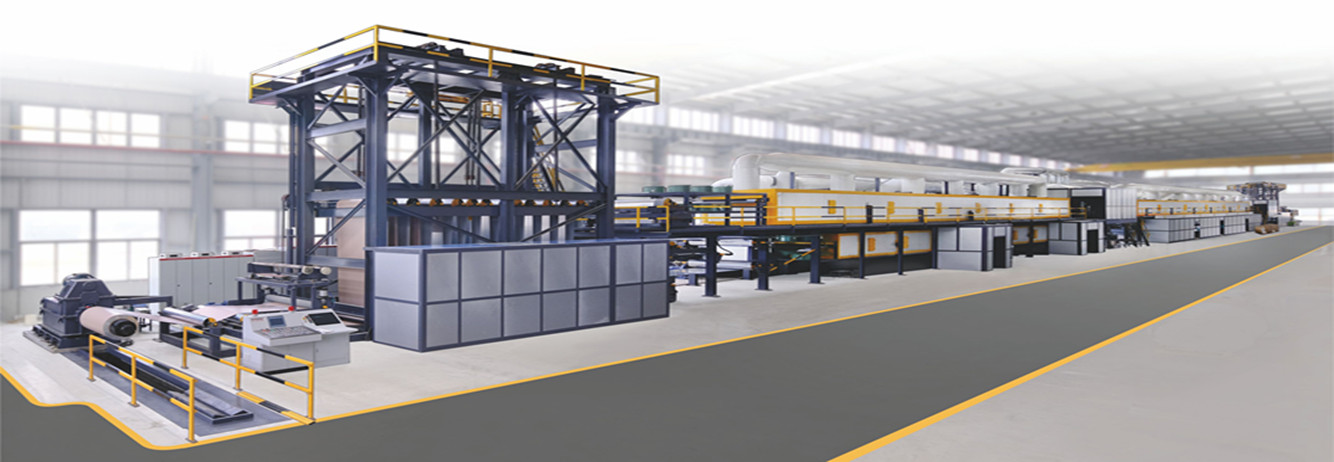The construction and manufacturing industries have seen notable progress due to innovations in the honeycomb panel production line. These improvements are shaping how steel honeycomb panels are manufactured, pilot to higher efficiency and enhanced output. With ongoing technological developments, companies are able to produce steel honeycomb panels that meet diverse demands while optimizing resource use.

One significant area of advancement lies in the automation of the honeycomb panel production line. By integrating modern control systems and precision machinery, manufacturers have reduced manual intervention, which in turn less errors and production delays. This shift not only improves consistency but also accelerates the pace at which steel honeycomb panels are made. Automation allows for seamless coordination between different stages, from raw material feeding to final cutting and finishing.
Another key factor influencing efficiency is the introduction of more durable and adaptable equipment within the honeycomb panel production line. Machines designed to handle a variety of steel types and thicknesses enable producers to switch between product specifications without extensive downtime. Such flexibility supports a broader range of applications for steel honeycomb panels, including architectural facades, transportation components, and industrial structures. By accommodating diverse production needs, the overall output of the production line can be increased without compromising quality.
Energy consumption has also become a focus area in recent advancements. Newer models of honeycomb panel production lines emphasize energy-saving features and environmentally conscious operation. Reducing power usage during manufacturing aligns with growing industry efforts toward sustainability. In this way, the production of steel honeycomb panels not only benefits from enhanced throughput but also contributes to a smaller carbon footprint, which is increasingly valued by end-users and regulators alike.
Furthermore, improvements in material handling within the honeycomb panel production line have contributed to smoother workflows. Innovations such as automated loading and unloading systems, along with better conveyor designs, reduce bottlenecks during production. These enhancements decrease idle time for machines and workers, directly impacting the number of steel honeycomb panels that can be produced daily. Efficient material flow also lowers the risk of damage to panels during processing, ensuring that the output maintains its intended structural integrity.
Quality control technologies have also evolved in parallel with production advancements. Sensors and real-time monitoring systems integrated into the honeycomb panel production line enable immediate detection of defects or irregularities. This proactive approach allows for quicker adjustments and reduces waste by preventing the production of substandard steel honeycomb panels. Enhanced quality assurance measures help manufacturers maintain consistent product standards while supporting a higher volume of output.
The combination of these technological improvements makes the honeycomb panel production line more responsive to market needs. Increased efficiency means manufacturers can meet tighter deadlines and accommodate fluctuations in demand for steel honeycomb panels. Additionally, the ability to customize panel dimensions and core structures without lengthy setup processes broadens the range of possible applications. This versatility is essential as industries seek materials that balance strength, weight, and cost-effectiveness.
Recent advancements in the honeycomb panel production line have introduced meaningful changes in manufacturing efficiency and output. Automation, adaptable equipment, energy-saving measures, improved material handling, and enhanced quality control all contribute to a more streamlined process. These developments not only allow for the production of steel honeycomb panels at a faster rate but also help maintain consistent quality across batches. As the demand for lightweight and strong construction materials grows, the continued evolution of honeycomb panel production technology will play an important role in meeting industry requirements.

 中文简体
中文简体 English
English Português
Português русский
русский Español
Español عربى
عربى









